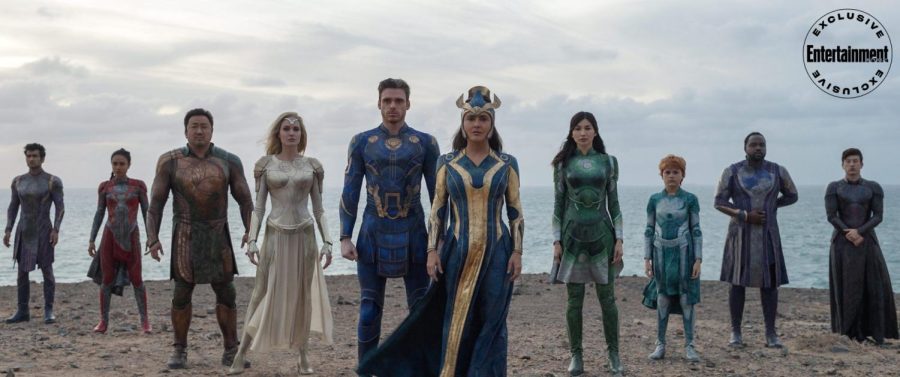Many viewers might be tempted to compare “Fury” to other films in the war genre, but to do so would do the film a disservice. “Fury” fails to live up to the character development present in films like “The Thin Red Line” or “Apocalypse Now,” and it doesn’t capture the level of realism on display in “Saving Private Ryan.” To put it bluntly, this David Ayer-directed WWII film tells us nothing new about war. What it does do well is explore the horror and sheer brutality that accompanies warfare.
The story begins at the end. WWII is coming to a close, but for the Americans still entrenched in Nazi-occupied Germany, the situation could not be more dire.
Brad Pitt portrays the callous Don “Wardaddy” Collier, who sports a slick undercut hairstyle and equally groomed nerves and sensibilities. Pitt commands a disparate crew of ruffians comprised of the religious gunner Bible (Shia LaBeouf), the alcoholic driver Gordo (Michael Peña) and the abusive loader Grady (Jon Bernthal).
The chemistry between the crew of the tank Fury is disrupted when the death of their second driver forces them to adopt a new member. This addition is Norman Ellis, a nervous army typist who lacks any real experience in combat. Right off the bat, Ellis is tasked to man one of the tank’s machine guns, and we watch as he freezes in his first combat situation, which results in the death of another tank commander. This unfortunate turn of events, exacerbated when Collier forces a resistant Ellis to shoot an unarmed Nazi prisoner, reveals the young typist to be a pacifist, or, at the very least, a man with morals.
It is at this point that we realize that, despite being played by the big name attached to the film, this is not Collier’s story. Rather, this is the story of Ellis and his emotional and mental transformation from inept typist to dependable gunner. He quickly becomes a student of war, forced to develop by ignoring his conscience in order to preserve the lives of the men around him. And it is the desensitized Collier who becomes the unlikely mentor to Ellis, who soon begins to look up to the veteran commander as a father figure.
For the most part, the script is acceptable. The crew’s banter is personal and honest and, at times, darkly humorous. One scene in particular in which Collier and friends, looking for food and company, enter the occupied house of two German women, focuses entirely on characterization, revealing the intricacies of the group’s relational dynamic. Unfortunately, the length of this scene is bloated, which takes away a lot of the momentum that the film has built up to this point. (I’m not sure whether I should be talking in the present or past tense here. Is there a specific tense that should always be used when analyzing films?)
Thankfully, the cast is able to step in and carry the film with their convincing performances. Pitt’s acting, as usual, is quite good, and the rest of the cast also do respectable jobs. However — and this problem traces back to the writing — the characters are often so one-dimensional that the actors aren’t able to do a whole lot to make them memorable or even to make us connect emotionally with them. This becomes problematic as the conflict increases and the film nears its finale.
This finale is a departure from the action we’ve seen up to this point. Drenched in melodrama, the Fury’s final stand reeks of Hollywood clichés, an unrealistic action sequence that doesn’t accomplish much more than entertainment.
But just to clarify, I didn’t dislike “Fury.” It proved once again that war is the worst business known to man. Technically speaking, the film isn’t half bad either; fans of the war genre will likely relish the gruesome, large-scale tank battles. No, “Fury” is not necessarily a bad film, but it does lack in some aspects. Emotionally, the film falls a little flat, and if director Ayer had only devoted a little more time to the story, pacing and characterization, he might have made a war film that was not only memorable and impactful but also necessary.








